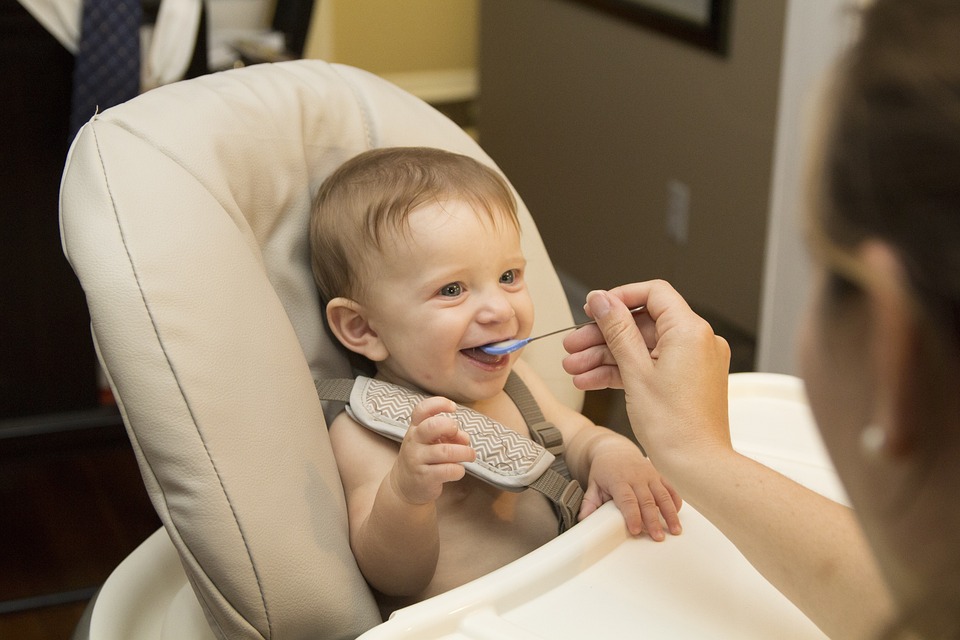Introduction
Dining together as a family or with guests is an essential part of socializing, learning, and bonding. It is during these moments that we not only share meals but also cultivate relationships and teach important life skills. One of the critical components of enjoying mealtimes is understanding and practicing proper table manners. Teaching kids how to behave at the table can foster mutual respect, make dining experiences pleasant, and prepare them for the future. This article will explore effective techniques to instill table manners in children, highlighting the significance and benefits of dining with decorum.
The Importance of Table Manners
Building Social Skills
Table manners encompass various behaviors, from how to use utensils to how to engage in conversation. Teaching kids these skills is vital as they help facilitate positive interactions with peers and adults alike. Understanding how to present oneself at a dining table can boost a child’s confidence, enabling them to feel comfortable and composed in social situations. Manners serve as a universal language that breaks barriers and fosters connections, enhancing relationships built on respect and consideration for others.
Fostering Family Bonds
Sharing meals is about more than just eating; it is a time for connection and communication. By teaching children etiquette, parents create an environment conducive to conversation, where everyone feels valued and heard. Practicing table manners can turn mealtime into a cherished family ritual. Children learn to wait for others before they start eating, to engage in polite conversation, and to listen as well as express their opinions. All of these behaviors contribute to stronger family bonds and foster an appreciation for shared experiences.
Preparing for the Future
As children grow, they’ll encounter various social settings where table manners will be scrutinized, from birthday parties to formal dinners and professional gatherings. Being equipped with the knowledge of proper etiquette can help them navigate these situations with ease. Understanding table manners prepares children not only for personal interactions but also for professional environments, where first impressions often play a crucial role in success. Instilling these values early on sets a foundation for their future conduct.
Effective Strategies for Teaching Table Manners
Modeling Behavior
Children learn best by observing those around them, especially their parents. Being a positive role model is critical in teaching table manners. This can begin as early as toddlers can sit at the table. Parents should practice what they preach by demonstrating appropriate behavior during mealtimes. Simple acts like using utensils properly, chewing with one’s mouth closed, and engaging in polite conversation show children how to behave. Incorporating family meals into daily life also encourages consistent practice of these manners.
Engaging Children Through Fun Activities
Teaching table manners can feel like a chore, but it doesn’t have to be dull. Engaging children in fun activities can help them grasp the importance of dining etiquette while enjoying the process. Games such as “table manners bingo” could involve listening for specific behaviors during dinner or having children “role-play” as guests in a formal setting. Storybooks that emphasize table manners can also be a valuable teaching tool, bringing lessons to life in a relatable way. This way, children can learn without the pressure of formal instruction.
Setting Clear Expectations
It’s essential to communicate the expectations regarding table manners openly and consistently. Before a family dinner, parents should discuss what is expected of their children, such as waiting until everyone is served before beginning to eat and using polite language like "please" and "thank you." Reminders should be calm and patient, reinforcing positive behavior rather than punishing negative behavior. Children should be acknowledged when they exhibit good manners, as positive reinforcement can encourage them to continue those actions.
Conclusion
Teaching children table manners is an invaluable investment in their socialdevelopment, self-esteem, and interpersonal relationships. As they learn to navigate the world of etiquette, they are preparing for future interactions and understanding the essence of consideration for others. The key lies in parents being consistent role models, utilizing engaging activities, and clearly communicating expectations. By creating an atmosphere that celebrates good manners, families can transform mealtimes into opportunities for connection and teach children the artistry of dining with decorum. Ultimately, instilling these manners is not just about rules; it’s about nurturing respectful, empathetic individuals who appreciate the importance of community and connection in every social setting.









Leave a Comment